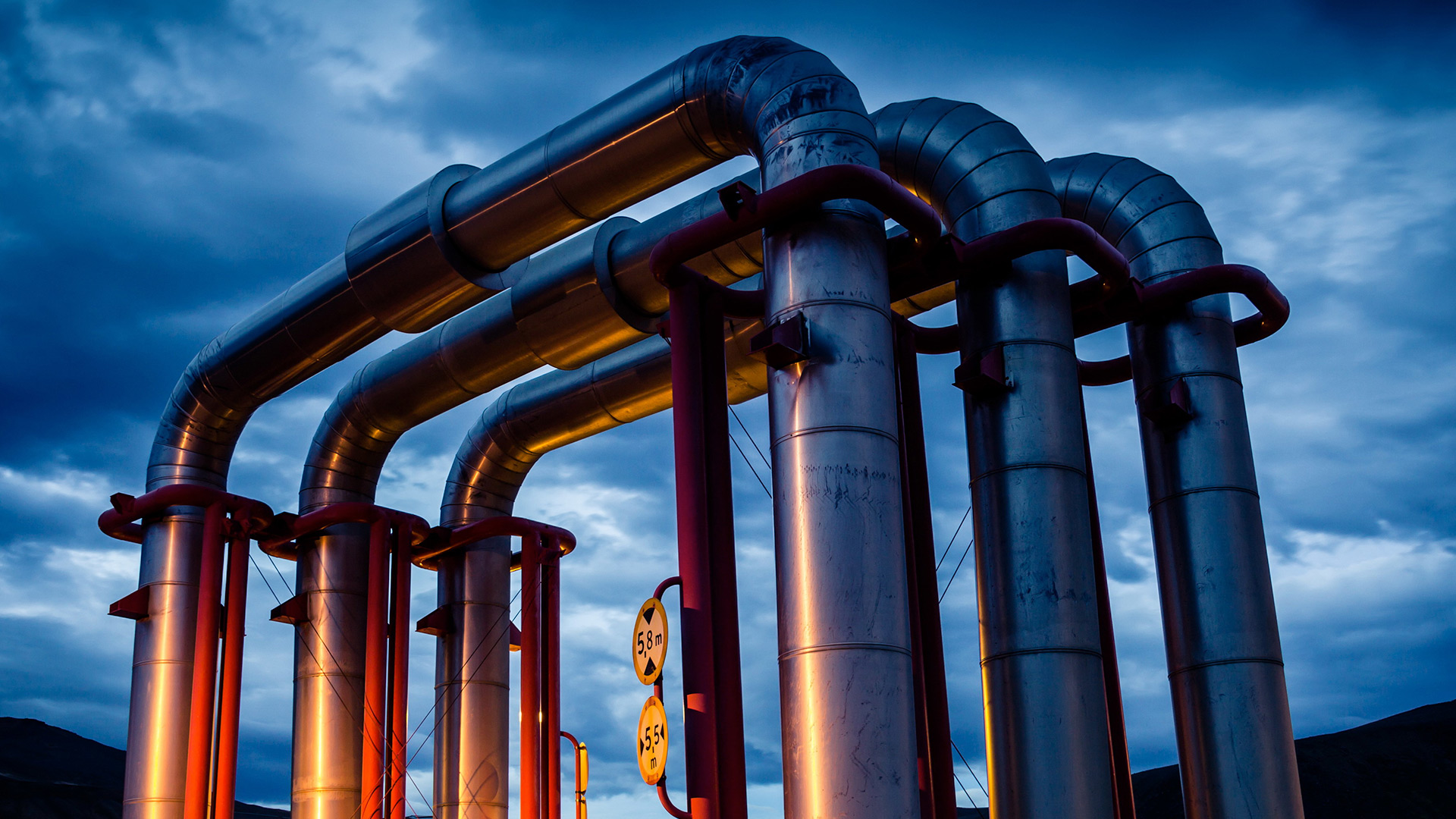
出版物
Asia M&A trends: Future outlook
Whilst global M&A rose in deal value terms in 2024, both deal values and volumes fell in most parts of Asia.


Canada | 出版物 | January 15, 2021
The federal government released its Hydrogen Strategy for Canada (the Strategy) in December 2020. It presents a detailed plan of how Canada can access its potential for significant hydrogen production and assist Canada to achieve its goal of net-zero emissions by 2050. Hydrogen’s ability to decarbonize energy systems is the government’s biggest driver for its adoption. The Strategy projects that hydrogen could deliver up to 30% of Canada’s end-use energy by 2050, while simultaneously abating greenhouse gas emissions.
As we previously discussed in our July 2018 article, It’s getting easier to be green: Hydrogen technology developments and legal issues, hydrogen-based systems present a significant opportunity for integration into Canada’s national energy framework. Canada has several existing strategic advantages in favour of a robust hydrogen production sector. These include a richness in low-carbon feedstocks needed to produce hydrogen, a strong energy sector in terms of skilled labour and strategic infrastructure, and a pre-existing position as a global leader in the hydrogen and fuel cell market.
Strategy implementation is divided into three phases, offering general insight into when various regulations and incentives could be expected to come into effect:
Over the course of this timeline, the Strategy anticipates the amount of carbon intensity in hydrogen production will decrease, while the renewable threshold in government-supported projects will increase. This means the federal government will likely prioritize the funding and development of low-carbon-intensity hydrogen production pathways. The government has also indicated a plan to undertake ongoing consultation in the near future with a variety of stakeholders, including the petroleum and chemical industries as well as utilities.
Strategies for hydrogen integration will differ from province to province, with relevant regulations and incentives also expected to vary. In Alberta, for example, production of “blue hydrogen” will be prioritized, where natural gas is used alongside carbon sequestration technologies to offset emissions, and will be accompanied by new policies, legislation, and standards that encourage hydrogen deployment.
In Quebec, meanwhile, the focus will be turned towards producing “green hydrogen” (with no resultant emissions), largely based on the province’s existing abundance of hydroelectricity and operating as part of its broader plan to increase clean energy use. Any plans to capitalize on the federal government’s hydrogen Strategy should also consider the relevant provincial priorities that are expected to emerge.
The Strategy contemplates a variety of end uses that exist for hydrogen within Canada, grouping these uses into three categories:
Anyone involved in these industries can likely look forward to the opportunity to benefit from government initiatives incentivizing hydrogen use in the years to come.
The Strategy notes hydrogen is not yet cost competitive with natural gas, but references the implementation of federal carbon pricing, and specifically the implementation of the Clean Fuel Standard as important steps towards improving cost efficiency. An additional early challenge will be harmonizing the various codes and standards across Canadian jurisdictions related to the certification of new hydrogen deployments. Anyone engaged in the energy industry should be aware of these regulatory changes that are expected to emerge in the near future.
The implementation of this Strategy will also require substantial investment, estimated to be between $5 and $7 billion over the next five years. While the federal government has not stated how much it’s willing to directly allocate, it has indicated that tax credits and subsidies will be introduced to assist in driving investment. Industries that have the ability to adopt hydrogen technologies, such as manufacturing and transport sectors, will likely see the opportunity to benefit from these schemes in the coming years.
The authors wish to thank James Long, articling student, for his help in preparing this legal update.

出版物
Whilst global M&A rose in deal value terms in 2024, both deal values and volumes fell in most parts of Asia.
Subscribe and stay up to date with the latest legal news, information and events . . .
© Norton Rose Fulbright LLP 2025